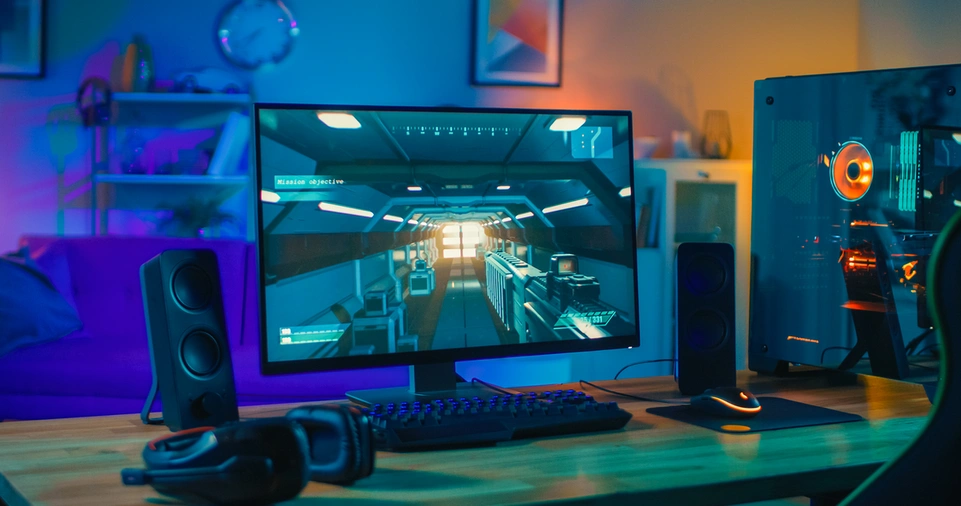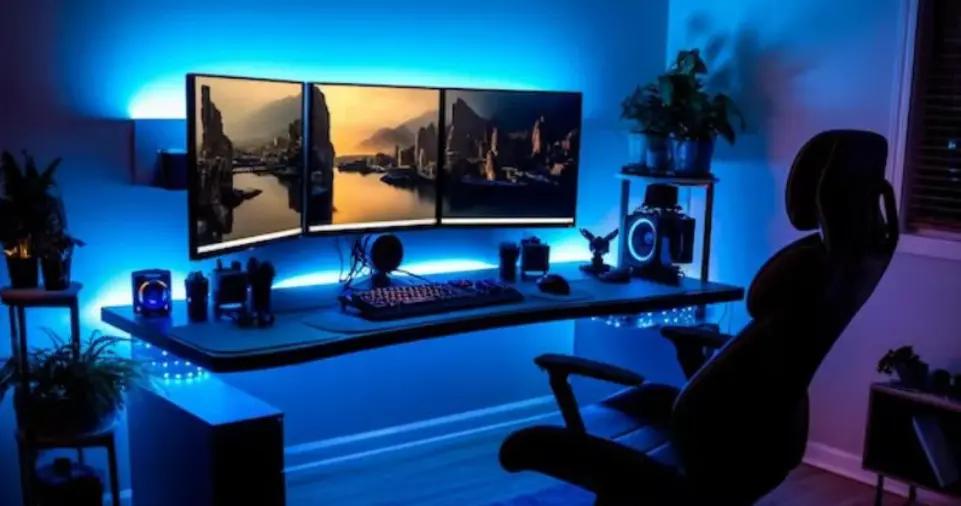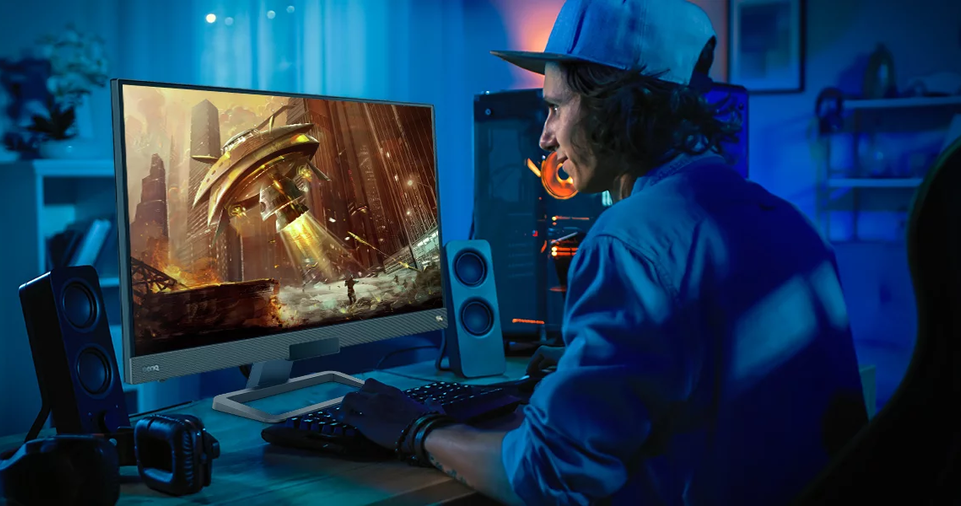For animators, a monitor is not just a piece of hardware; it’s the gateway to their creative vision.
The ability to accurately represent colors, details, and motion is vital for ensuring the final animation looks professional and polished.
Unlike standard tasks, animation requires a specialized monitor that meets specific standards in resolution, color accuracy, refresh rate, and more.
Choosing the right monitor can significantly impact workflow efficiency, reduce strain during long hours of work, and ensure seamless collaboration with clients or team members.
A poorly chosen monitor can distort colors, lag during playback, and hinder your ability to fine-tune intricate details.
This article delves deep into the importance of a good monitor for animation and highlights the critical features animators should consider when making a purchase.
Whether you’re a professional animator or an aspiring creator, understanding these factors will help you make an informed decision, unlocking the full potential of your creative abilities.
Why a Good Monitor Matters for Animation
Accurate Color Representation for Stunning Visuals
One of the most critical aspects of animation is achieving accurate and vibrant color representation.
Animators often work with complex color schemes and need to ensure that their visuals are consistent across multiple devices and media.
A subpar monitor with limited color accuracy can lead to washed-out or oversaturated images, distorting the intended look of your animations.
Monitors with a wide color gamut, such as AdobeRGB or DCI-P3, allow animators to access a broader range of colors, providing a richer and more detailed palette for their work.
Additionally, professional-grade monitors often come with factory-calibrated settings, ensuring colors appear as intended right out of the box.
High Resolution for Enhanced Detail
Animation thrives on precision, and a monitor’s resolution plays a significant role in achieving this.
High-resolution displays, such as 4K (3840×2160) or even higher, provide a sharper and more detailed image, allowing animators to identify and address even the smallest imperfections.
This level of detail is crucial when creating intricate character designs, backgrounds, or motion effects.
Working on a low-resolution monitor can obscure details, leading to overlooked errors and a lack of refinement in the final output.
Seamless Motion Rendering for Smooth Playback
Animation is inherently about motion, and a monitor’s ability to render fluid movement is paramount.
A high refresh rate, typically 120Hz or higher, ensures smooth playback, reducing stuttering and motion blur.
This is particularly important during the review process, where animators need to evaluate the fluidity and timing of their work.
Monitors with low response times (<5ms) further enhance motion clarity, ensuring that fast-moving sequences remain crisp and free from ghosting effects.
Comfort and Eye Health for Long Working Hours
Long hours spent animating can strain the eyes, especially if the monitor lacks eye-care technologies.
Features such as flicker-free displays and blue light filters reduce eye fatigue, enabling animators to work comfortably for extended periods.
This not only improves productivity but also safeguards long-term eye health.
Ergonomic monitor designs that allow for height, tilt, and swivel adjustments add another layer of comfort, ensuring that animators can maintain proper posture during their sessions.
ALSO READ: How to Use Basic Digital Tools for Animation (Without Professional Gear)
Key Features to Look for in a Monitor

Color Gamut and Accuracy
A monitor’s color gamut determines the range of colors it can display.
For animation, it’s essential to choose a monitor that supports wide color gamuts, such as AdobeRGB (ideal for print work) or DCI-P3 (used in digital cinema).
These standards ensure that your animations look vibrant and consistent, regardless of where they’re displayed.
Monitors with HDR (High Dynamic Range) support further enhance color accuracy by delivering deeper blacks and brighter highlights, adding depth and realism to your animations.
Additionally, look for monitors that are either factory-calibrated or compatible with hardware calibration tools like X-Rite or Datacolor, as they ensure consistent and accurate color representation over time.
Panel Type
The type of panel used in a monitor significantly impacts its performance.
For animation, IPS (In-Plane Switching) panels are the best choice.
They offer superior color accuracy and wide viewing angles, ensuring that your work looks consistent from different perspectives.
While TN (Twisted Nematic) panels may offer faster response times, they lack the color fidelity and viewing angle stability required for professional animation work.
VA (Vertical Alignment) panels are another option, offering better contrast ratios but falling short in response times compared to IPS panels.
Resolution
When it comes to resolution, higher is always better for animation.
A minimum of 2560×1440 (QHD) is recommended, but 4K (3840×2160) is ideal for professional-grade work.
Ultra-wide monitors with resolutions like 3440×1440 can also be beneficial, providing extra screen real estate for multitasking.
High-resolution monitors not only enhance the clarity of your animations but also allow you to work on fine details with precision, reducing the risk of errors and ensuring a polished final product.
Refresh Rate and Response Time
A monitor’s refresh rate and response time are critical for smooth playback and accurate motion representation.
A refresh rate of at least 60Hz is sufficient for basic animation work, but 120Hz or higher is preferable for professional projects.
A higher refresh rate reduces stuttering and lag, ensuring that your animations play back smoothly during the review process.
Response time, measured in milliseconds, determines how quickly a monitor can change from one color to another.
A low response time (<5ms) minimizes motion blur, making it easier to evaluate fast-moving sequences and transitions.
Connectivity Options
Modern monitors come equipped with a variety of connectivity options, and choosing the right one depends on your workflow.
HDMI and DisplayPort are standard for connecting to PCs and laptops, while USB-C and Thunderbolt ports offer additional benefits such as high-speed data transfer and charging capabilities.
Having multiple connectivity options ensures compatibility with different devices and allows for seamless integration into your workspace.
Size and Ergonomics
Monitor size is another crucial consideration. A screen size of 27-32 inches strikes a balance between providing ample workspace and maintaining visibility.
Larger screens or ultra-wide monitors can be advantageous for multitasking, allowing animators to keep multiple applications or reference materials open simultaneously.
Ergonomic designs that offer height, tilt, swivel, and pivot adjustments ensure that you can position the monitor for optimal comfort, reducing strain on your neck and back during long working hours.
HDR Support
High Dynamic Range (HDR) is a game-changer for animation, offering a broader range of contrast and brightness levels.
HDR-enabled monitors can display more details in dark and bright areas, making your animations look more realistic and visually appealing.
Look for monitors with HDR10 or Dolby Vision support, as these standards provide the best results for professional work.
Additional Considerations for Choosing the Right Monitor

Budget and Value for Money
While professional monitors can be expensive, it’s important to consider the long-term value they provide.
Investing in a high-quality monitor may seem costly upfront, but it pays off in terms of improved productivity, better results, and reduced frustration.
Consider your budget and prioritize features that are most important for your workflow.
Many mid-range monitors offer excellent performance and can be a great starting point for animators on a budget.
Warranty and Support
A good warranty and reliable customer support are essential when investing in a monitor.
Look for brands that offer extended warranties and responsive technical support, as these can save you time and money in case of defects or malfunctions.
Some manufacturers also offer on-site servicing, which can be particularly helpful for professionals.
Energy Efficiency
Energy-efficient monitors not only reduce your electricity bills but also contribute to a more sustainable workspace.
Look for monitors with energy certifications like ENERGY STAR or EPEAT to minimize power consumption without compromising performance.
Future-Proofing Your Investment
Technology evolves rapidly, and investing in a monitor that supports the latest standards can help future-proof your workspace.
Features like 4K resolution, USB-C connectivity, and HDR support ensure that your monitor remains relevant as your needs and technology advance.
Top Recommended Monitors for Animators
BenQ PD3220U
- 32-inch 4K UHD display
- 95% DCI-P3 color gamut
- HDR10 support
Eizo ColorEdge CG319X
- 31.1-inch 4K+ resolution
- Built-in color calibration sensor
- Wide color gamut and HDR support
LG UltraFine 5K
- 27-inch 5K resolution
- P3 wide color gamut
- Thunderbolt 3 connectivity
Dell UltraSharp U2723QE
- 27-inch 4K UHD display
- IPS Black technology for better contrast
- Factory-calibrated colors
ALSO READ: How to Create Your First Animation Using Only a Pencil and Paper
Conclusion
A good monitor is a cornerstone of any animator’s workspace.
From accurate color representation to seamless motion rendering, the right monitor can elevate your creative output and streamline your workflow.
By prioritizing features like resolution, color accuracy, refresh rate, and ergonomics, you can ensure that your animations look professional and polished.
Whether you’re just starting out or are an experienced professional, investing in a high-quality monitor is an investment in your craft.
Take the time to evaluate your needs, research your options, and choose a monitor that aligns with your creative goals.
With the right tools at your disposal, the possibilities for bringing your artistic vision to life are endless.

